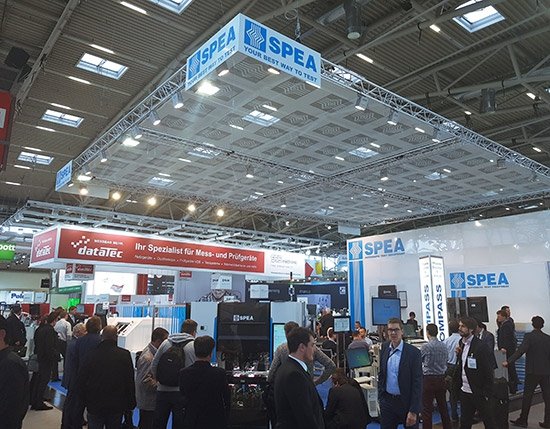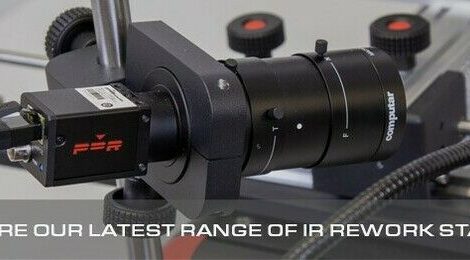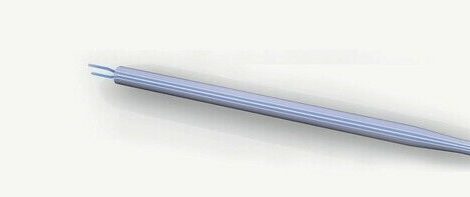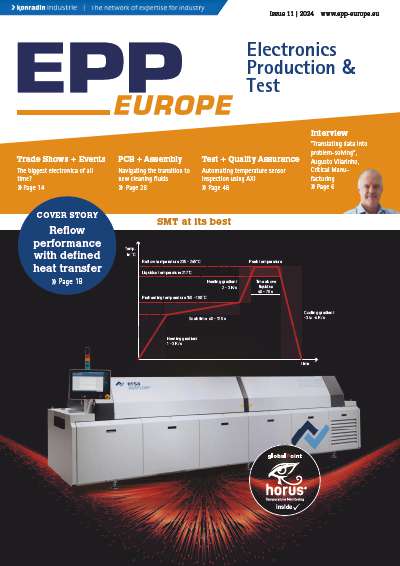From bed-of-nails and flying probe systems, to analog mixed signal testers and MEMS stimulus, SPEA brought its entire line of test equipment for electronic products at the productronica and Semicon Europa shows. The merge of these 2 major events represented a lucky occasion for the company to embrace the whole range of products, which went from the test of semiconductor wafers and packaged chips, to the production final test of electronic boards and modules.
Displayed flying probe systems
The flying probe series was demonstrated at the show, covering a wide range of test requirements for electronic boards, offering high mechanical speed, single or dual-sided probing, extreme accuracy, automatic board loading, overall configurability, and fast set-up changes.
The 4080 system provides high throughput and probing accuracy. Its mechanical speed, of up to 180 touches/sec, makes it able to replace bed-of-nails systems for production test, especially when accessibility is not complete. Innovative granite chassis, combined with linear motion technologies, offers low vibration and thermal stability, ensuring unprecedented probing precision.
The 4060 S2 is a 6-axis dual-side flying probe tester, delivering high productivity, dual- side flying probing, extra-large test area and full flexibility of use. Its versatility makes it suitable to be used also for special applications, such as semiconductor load board and probe card testing.
The 4-axis tester, 4050 S2, is designed for medium to high-volume production test. It delivers high productivity, high accuracy, and a bottom moving platform to extend the probing capabilities.
Board testers: where test coverage meets throughput
The bed-of-nails test platform delivers the highest throughput and superior test coverage of component failures, process defects, components key parameters, for the widest range of electronic products. This means the system is not only able to detect board failures, but also to monitor key parameters of critical components applying real working conditions (e.g. power components, sensing components, actuators). This results in the capability to eliminate the occurrence of failures at the final functional test, while reducing to one tenth the field returns.
Parallel test with up to eight cores multiplies the productivity by eight, compared to conventional test equipment, dramatically lowering the cost of test. The system comes with manual board loading module, or with ultra-fast inline automatic handling, to meet the requirements of fully automated productions.
An innovative multi-process platform manages the concurrent execution of multiple test techniques, optimizing the test program, that combines in-circuit test (powered-up or not), optical inspection, boundary scan test, functional test, and more. All of these functions are complemented by a friendly yet powerful software environment.
Expanding MEMS test capabilities
In a single equipment, the company combines all the elements of handling, contacting, physical stimulus and complete testing and calibration of MEMS and other IC devices, at ambient or temperature conditions. With the H3580 platform, multiple stimuli can be combined in a single test unit, to test combo MEMS, such as environmental sensors (pressure + humidity + gas + temperature) or navigation sensors (accelerometer + gyroscope + compass). This handling platform enhances throughput capabilities to over 33,000 units per hour, offering the possibility to test as many as 200 devices simultaneously. The flexible architecture facilitates an easy in-field reconfiguration of the test area, replacing MEMS stimulus units and test modules.
Innovation in mixed-signal testing
A zero-footprint system: no instrument cabinet, no manipulator. With the possibility of a fast and simple reconfiguration, to test different applications according to current production volumes. High density of analog/digital channels per board, to quadruple the test parallelism. Best signal integrity, due to the dedicated tester interface on each instrument. These are the main features of the mixed-signal tester, the DOT 400. With this system, three powerful instruments are the only resources needed to perfectly cover the requirements of most mixed-signal devices, such as automotive, PMIC, lighting, converters, MEMS applications.












